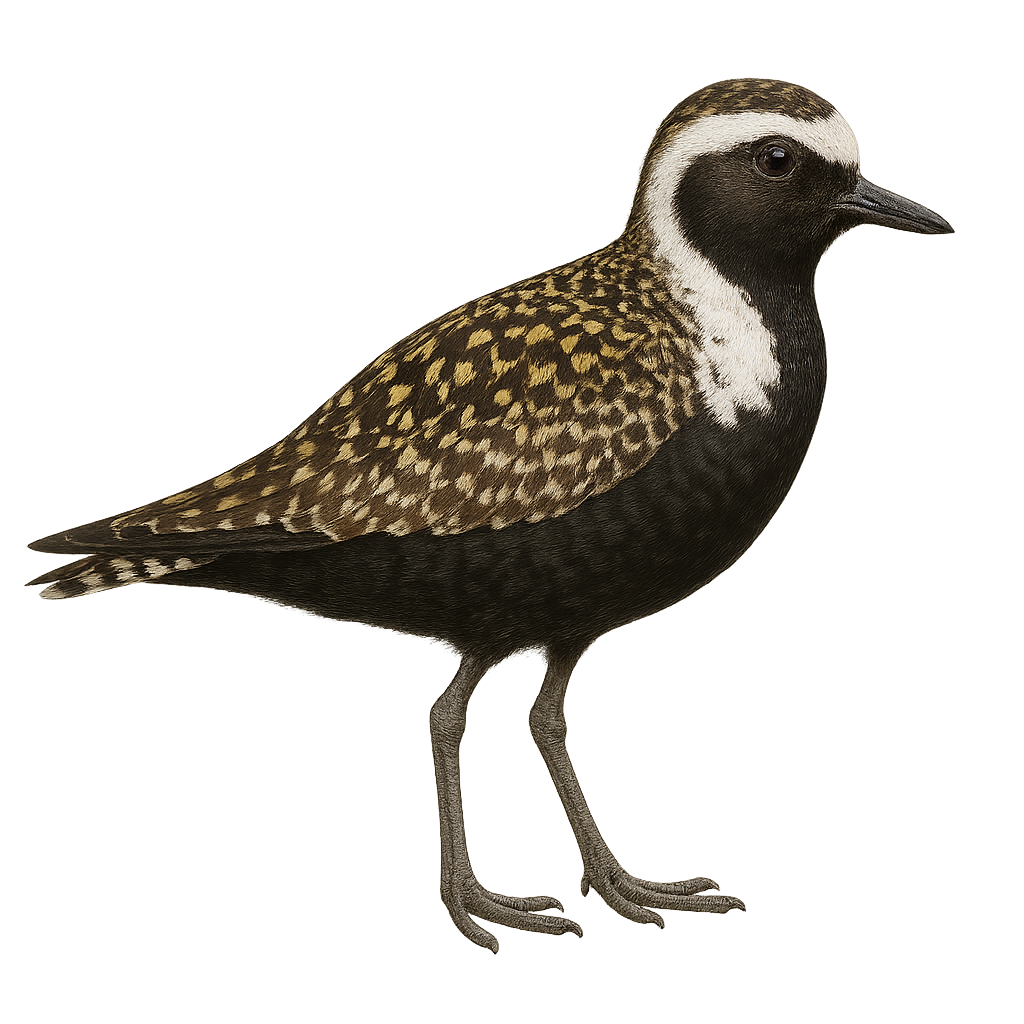Your wildlife photography guide.
Explore the american golden plover in detail, study its behavior, prepare your shots.
Where to observe and photograph the american golden plover in the wild
Learn where and when to spot the american golden plover in the wild, how to identify the species based on distinctive features, and what natural environments it inhabits. The WildlifePhotographer app offers tailored photography tips that reflect the american golden plover’s behavior, helping you capture better wildlife images. Explore the full species profile for key information including description, habitat, active periods, and approach techniques.
American Golden Plover
Scientific name: Pluvialis dominica

IUCN Status: Least Concern
Family: CHARADRIIDAE
Group: Birds
Sensitivity to human approach: Suspicious
Minimum approach distance: 10 m
Courtship display: May to June
Incubation: 25-27 jours
Hatchings: May to July
Habitat:
Open grasslands, fields, muddy shores
Activity period :
Primarily active during the day, with peak activity in the morning and late afternoon.
Identification and description:
The American Golden Plover, Pluvialis dominica, is a medium-sized migratory bird belonging to the Charadriidae family. It is characterized by its golden, speckled plumage, which provides excellent camouflage in its natural habitat. During the breeding season, the male displays a striking black breast contrasting with its golden back. This bird is renowned for its long migrations, traveling thousands of kilometers between its breeding grounds in North America and its wintering areas in South America. It primarily inhabits open grasslands, fields, and muddy shores. Its diet mainly consists of insects, worms, and small crustaceans.
Recommended lens:
400mm – adjust based on distance, desired framing (portrait or habitat), and approach conditions.
Photography tips:
To photograph the American Golden Plover, choose early morning or late afternoon hours for soft lighting. Use a 400mm or longer telephoto lens to capture details without disturbing the bird. Keep your distance and use a tripod to stabilize your camera. Be patient and observe the bird's behavior to anticipate its movements. Open grasslands and muddy shores provide excellent opportunities for dynamic shots.
The WildlifePhotographer App is coming soon!
Be the first to explore the best nature spots, track rutting seasons, log your observations, and observe more wildlife.
Already 1 430 wildlife lovers subscribed worldwide

